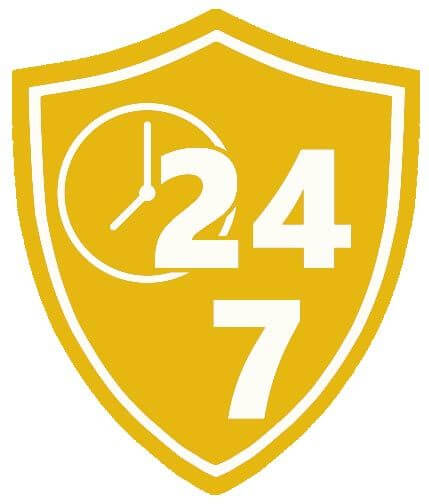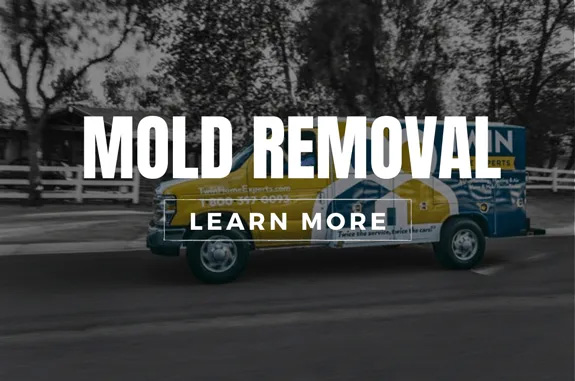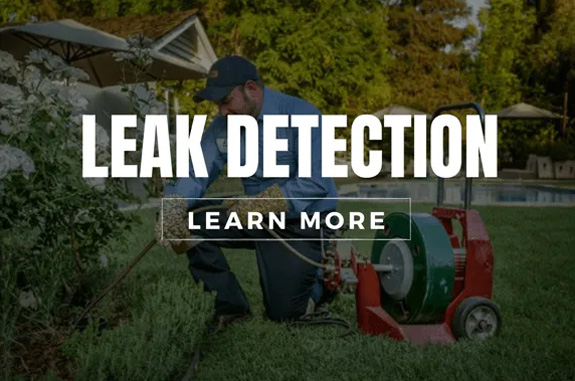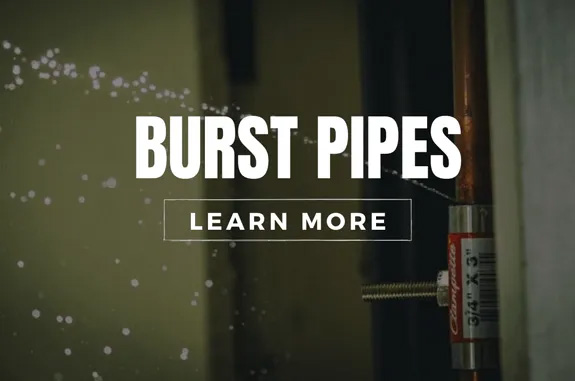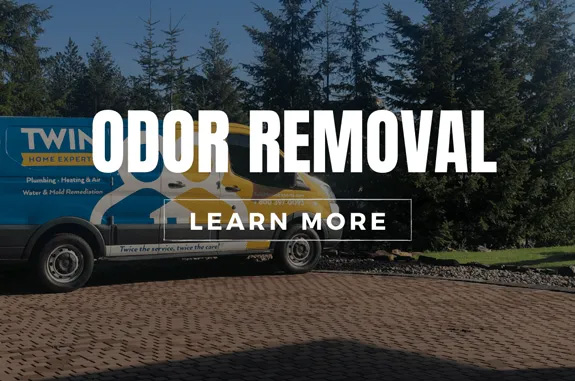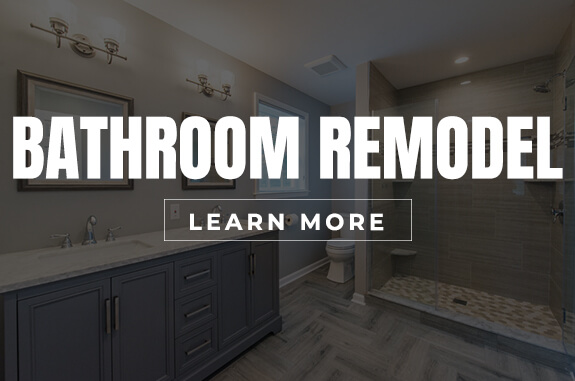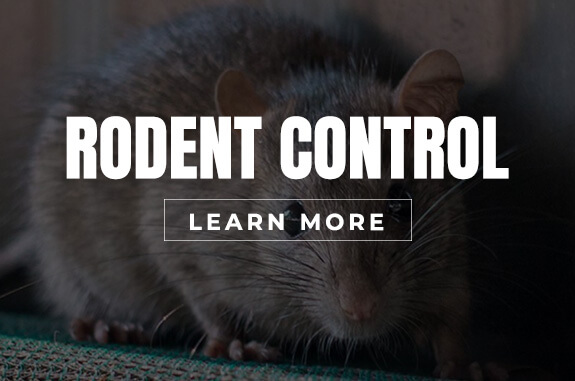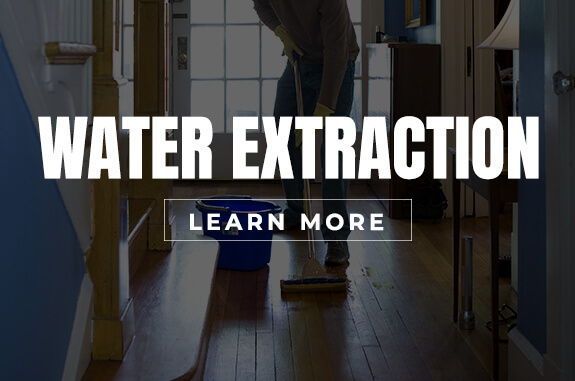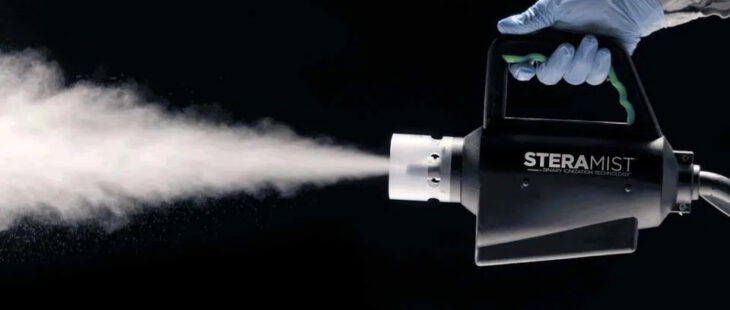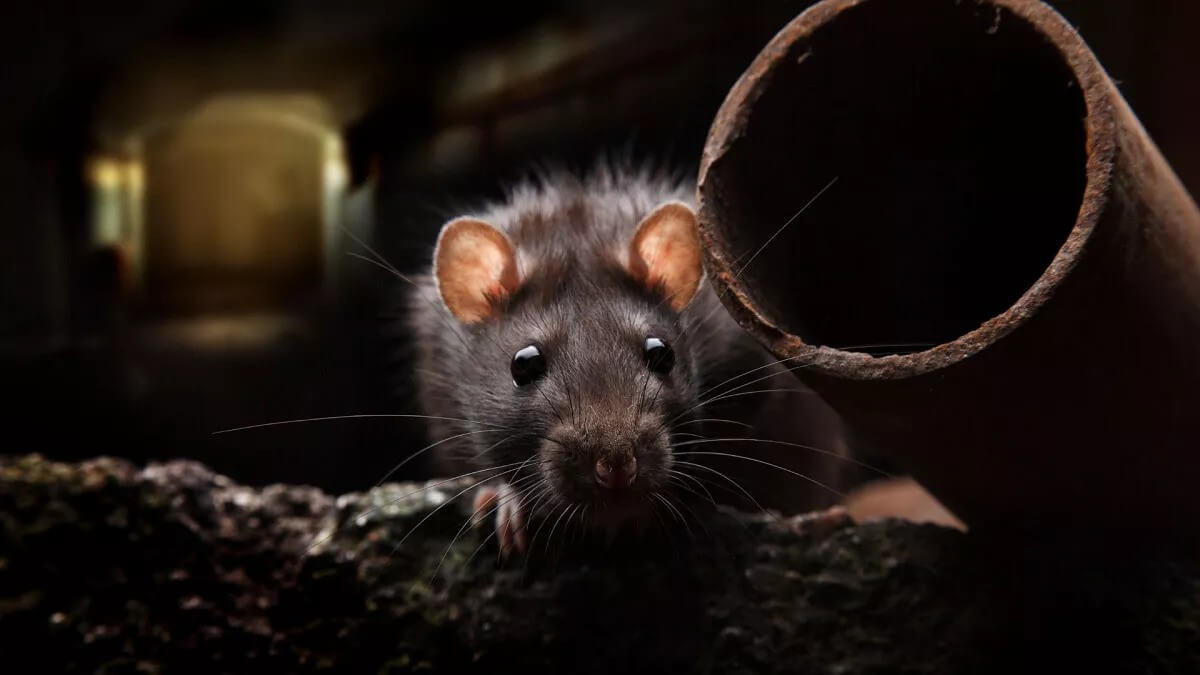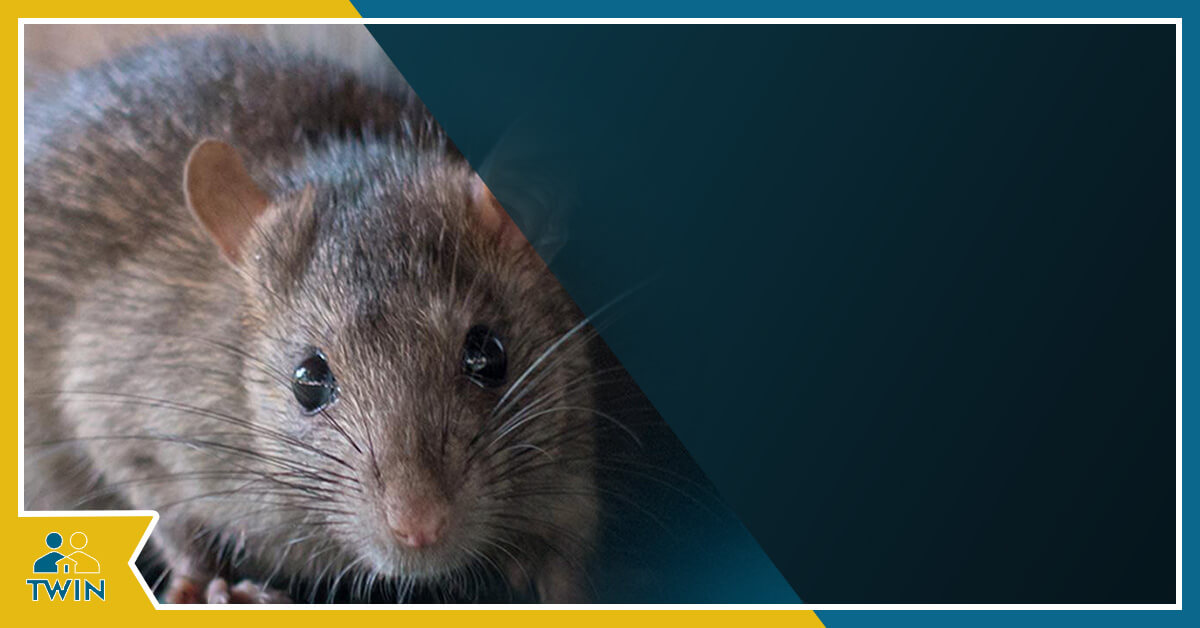Your Local Experts for Mold Repair , Water Leak Detection Services, Rodent Control and Plumbing Services
Twin Home Experts Also Services Florida, South Carolina, Arizona & Utah

Same Day Service
Schedule With Twin Home. We offer same day service for mold removal, leak detection, plumbing, and much more. Our Los Angeles team is staffed with over 40 team members that are trained, respectful, and on time. From the moment you call in you are treated like family. We’ll ask you a few questions and you’ll have a quote in minutes. No need for a costly in person inspection.

Over 40 Professionals
We’ve Completed More Than 10,000 Jobs in the LA Area only because of our enthusiastic, trained, and certified staff. We’ve got more than 1,000 positive reviews across Google, Yelp, and Home Advisor. Our goal was to create a company that puts customers first while using cutting edge technology to make stressful situations easier for homeowners.

Transparent Pricing
Why hide the price? You are going to find out anyways! We are one of the only home services company that tells you the price before you call in. Our transparent process gives you the peace of mind that you are dealing with home repair experts, not sales people. Learn more about our pricing and costs on our pricing page. We update it almost weekly.
WHY THE TWINS?
Work with one company for your leak detection, mold and plumbing needs
Thousands of 5 star reviews from customers who trusted us with their home
100% Free inspection and assessment
Save thousands and stop from having your home ripped apart
Always be on time and respectful of your property
Price transparently and ensure you get the best price possible
Be respectful of your home, from the second we enter, until the moment we leave
Twin Home Experts YouTube channel has over 8k subscribers providing free HOW TO’s.

Turning Ordinary Into Extraordinary
Twin Home Experts is a trusted source for Los Angeles homes and businesses in need of mold removal, leak detection and water damage restoration. Founder David Schuelke, Sr. taught his twin sons Jim and Dave to “provide a great customer experience every time and you’ll have customers for life.” For more than 30 years, their professional and certified team has provided fast, reliable and guaranteed services. Twin Home Experts has become a trusted source for water damage restoration, leak detection and mold removal.
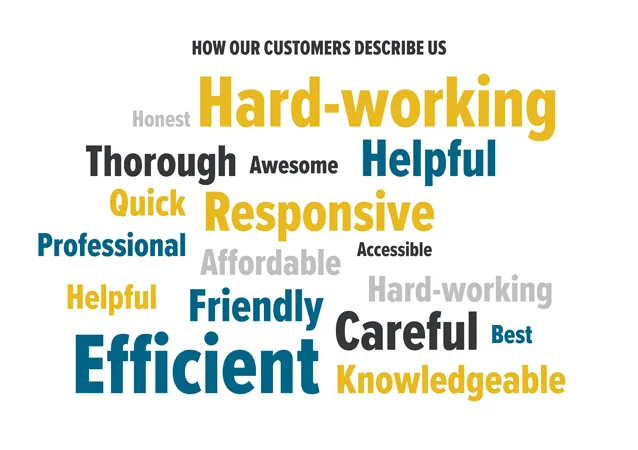
IS TWIN PLUMBING CONSIDERED AN ESSENTIAL (COVID-19) SERVICE PROVIDER?
Yes, Twin Plumbing is an essential service provider during the COVID-19 virus outbreak. This is because Twin Home Experts provides vital plumbing, sewer & drain, and water cleanup services that are essential for maintaining the safety, sanitation, and operation of residences, important businesses, hospitals and other facilities. Companies like Twin Plumbing have sanaitization services as well that keep healthcare workers busy while they work to keep us safe.
HOW ARE WE PROTECTING CUSTOMERS AND SERVICE TECHNICIANS DURING THE COVID-19 OUTBREAK?
Twin Plumbing is taking reasonable measures to ensure the safety of their clients and their staff. The staff is equipped with:
– Completely contained and protected in a hazmat suit
– New latex gloves when your technician arrives
– Masks to prevent the respiratory spread
– We have enhanced daily cleaning and disinfecting of all customer and employee spaces (including trucks and equipment)
– Hand sanitizer and wipes have been supplied to all buildings and employee work areas.
– Employees have been advised to stay home if they are sick until they are symptom free.
– Team members will refrain from shaking hands, but still smile!
– Electronic transactions to avoid physical transactions
DOES TWIN PLUMBING OFFER ANY SERVICES TO FIGHT THE COVID-19 VIRUS?
Yes, Twin Home Experts has a full range of disinfecting services that gives residential and commercial clients to fight the virus by keeping a clean and safe environment. To learn more, click here to read about our disinfecting services.
WHAT ARE TWIN PLUMBING'S HOURS OF OPERATION?
Twin Plumbing is currently working around the clock 24/7 to answer the demanding needs of their customers in the Los Angeles and Orange County area. To ensure if we cover your service area, consider searching on our service areas page.
WHAT ARE TWIN PLUMBING'S HOURS OF OPERATION?
Twin Plumbing provides expert services for both residential and commercial. Here is a list of services they use to help their customers:
Resource Center
RANDOM ACTS OF TWINFULLNESS
Not only do we provide services in the community, but we also give back in the same community. See how we’re impacting home owners in our local marketplace

